Faith in Transit: Arrival and Adaptation of Islam in the Eastern Himalayas
The Eastern Himalayas constitute a peripheral yet dynamic zone within South and Southeast Asia, encompassing eastern Nepal, Assam, Arunachal Pradesh, Sikkim, Nagaland, Bhutan, the eastern Tibetan plateau, Yunnan in China, and northern Myanmar. This expanse is not merely a geographical entity but a biocultural frontier where ecology, ethnicity, language, and religious traditions intersect in complex and often fragile ways. Within this setting, Islam did not take root through imperial expansion but rather through gradual processes of commerce, intermarriage, settlement, and adaptation. The result has been a form of Islam that is neither dominant nor marginalised, but instead marked by resilience and continuous negotiation with its diverse surroundings.
Trade, Settlement, and Maritime Marginality
The historical trajectory of Islam in the Eastern Himalayas resists the conventional narrative of conquest. Instead, Islam diffused into the region through multiple channels, including trans-Himalayan trade networks, diplomatic exchanges, agrarian settlements, and the migration of artisans, soldiers, and scholars.
From the thirteenth century onward, Islam entered Ladakh and Tibet via the Central Asian Silk Route. Persian-speaking Sufi figures, most notably Mir Sayyid ʿAlī Hamadānī, played a catalytic role in Kashmir, and their influence extended eastward through commercial emissaries. Kashmiri and Balti merchants regularly travelled to Yarkand and Lhasa, transporting religious texts and establishing mosques. As John Bray (2013) observes, by the seventeenth century Ladakh had developed a notable Muslim presence, integrated within the regional trade economy and serving as diplomatic envoys and economic intermediaries between the Mughal, Qing, and Tibetan polities. Tibetan Muslims, largely descendants of Kashmiri traders and settlers, continue to practise Islam today while maintaining distinctive Tibetan cultural customs.
In Nepal, the arrival of Muslims was primarily linked to economic activity. By the fifteenth century, Kashmiri and north Indian traders had secured permission to settle in the Kathmandu Valley. Over subsequent centuries, Muslims formed a small but influential urban minority, engaged in arms production, textiles, and trans-Himalayan commerce with Lhasa. According to the 2011 census conducted by Nepal’s Central Bureau of Statistics, Muslims comprise approximately 4.4% of the national population (about 1.2 million), with the majority concentrated in the Terai plains (CBS Nepal, 2011).
Agrarian Settlement and Political Patronage
In contrast to the military-led expansion of Islam in the Indo-Gangetic plains, the Eastern Himalayas experienced its ruralisation. In the Terai of Nepal and the Char-Chapori (riverine) belt of Assam, Muslim communities were invited to clear forests and establish agrarian settlements, often under formal state sanction. During the late nineteenth and early twentieth centuries, the British colonial administration actively encouraged the migration of Bengali Muslims into Assam for wet-rice cultivation. As a result, between 1901 and 1931 the proportion of Muslims in Assam increased from 11% to over 24%, mainly owing to this policy (Chatterjee, 2012).
In Bhutan, present-day statistics suggest Muslims constitute only about 0.2% of the population. Historically, however, migration from Bengal and Bihar introduced Muslim blacksmiths and traders to the country’s southern frontier. The demographic landscape shifted dramatically in the 1980s and 1990s with the expulsion of Lhotshampa (Nepali-speaking) communities, many of whom were Muslims. These populations were never formally reintegrated, and Bhutan’s 2008 Constitution officially recognises only Buddhism and the indigenous Bon tradition as state faiths.
Adaptation without Assimilation: The Ecology of Islam
The Islamic tradition in the Himalayan highlands demonstrates a notable capacity for environmental and cultural negotiation. In these settings, jurisprudence, theology, and ritual practice have been reinterpreted in light of topographical constraints and local social realities.
In Darjeeling and Kalimpong, the Muslim population—estimated at around 6,000 families, including Tibetan Muslims, Bihari migrants, and Gorkha converts—illustrates this process. These communities embody what sociologist Anup Shekhar Chakraborty describes as “Muslimness through multilingualism,” with many individuals fluent in Nepali, Hindi, Urdu, and Tibetan. Friday congregational prayers are marked by hybrid linguistic forms: Qurʾānic recitation in Arabic is followed by khuṭbahs delivered in Nepali or Urdu.
In Ladakh, where Muslims constitute roughly 14% of the population (Census of India, 2011), adaptation is equally visible. Mosque architecture often incorporates Buddhist design elements, while local dietary practices—such as the consumption of momos and butter tea—remain part of everyday life. Yet, the community maintains strict observance of ṣalāh, fasting in Ramaḍān, and the celebration of ʿĪd. This reflects the role of ʿurf (custom) in Islamic law, which accommodates cultural norms provided they are not in direct conflict with Sharīʿah.
While some observers may categorise such hybridity as syncretism, scholars of religion such as Talal Asad contend that Islam is always contextually lived and performed. In the Eastern Himalayas, ʿurf (custom), niyyah (intention), and ijtihād (independent reasoning) have together enabled the preservation of orthodoxy while allowing necessary adaptation. Fasting schedules in regions with unusually long daylight hours are adjusted to preserve health, ʿĪd celebrations incorporate regional cuisines, and ablution practices during water scarcity follow jurisprudential allowances. These examples highlight not assimilation, but cultural endurance through adaptive jurisprudence.
Politics of Erasure: Identity, Exclusion, and State Surveillance
Despite their adaptive resilience, Muslims in the Eastern Himalayas continue to face systematic marginalisation. This condition is shaped not only by demographic minoritisation but also by the anxieties of modern nation-states, where questions of border security, ethnicity, and religion are closely entangled.
In Assam, the 2019 National Register of Citizens (NRC) excluded nearly 1.9 million individuals. Although the NRC was not officially framed along religious lines, analyses by The Wire and Scroll.in indicate that Bengali Muslims—particularly those inhabiting the Char-Chapori river islands—were disproportionately affected. Even families with documentary evidence dating back to the nineteenth century were categorised as “Doubtful Voters” (D-Voters) or labelled Bideshi (“foreigners”). In response, the Miya poetry movement emerged from these communities, using Assamese and local Bengali dialects as vehicles of resistance. Yet, poets have faced sedition charges, underscoring how religion, language, and citizenship intersect to produce exclusionary regimes.
Nepal’s declaration of secularism in 2015 has not translated into substantive inclusion. A 2021 study by the Madarasa Education Board reported that more than 70% of Muslim girls in the Terai drop out before secondary school, due to a combination of poverty and social barriers. Politically, Muslims remain underrepresented, holding only 1.5% of parliamentary seats despite constituting 4.4% of the population. State policies continue to favour dominant Hindu-Madhesi and Khas-Arya groups.
In Bhutan, the 2008 Constitution defines Buddhism as the “spiritual heritage” of the nation. Non-Buddhist traditions, particularly Islam, remain legally unrecognised. Human Rights Watch (2020) notes that Muslim families in southern Bhutan continue to practise in private homes, as the construction of mosques is prohibited.
Myanmar presents perhaps the starkest case. The persecution of Rohingya Muslims culminated in 2017, when over 700,000 were forced to flee to Bangladesh following military-led violence. Beyond the Rohingya, lesser-known Panthay (Hui Muslim) communities in Yunnan and Mandalay also experience restrictions on mobility and religious expression, particularly under China’s broader Sinicisation policies.
Memory as Counter-History: Islam beyond the Archive
Where state archives impose silence, oral traditions sustain remembrance. Across the Eastern Himalayan frontier, memory—preserved through poetry, ritual, and oral transmission—functions as a mode of resistance and survival.
In Assam, the Miya poets exemplify this dynamic. Situated within a triple marginality—ethnic (Bengali), religious (Muslim), and linguistic (Bengali/Assamese)—their work articulates what Stuart Hall terms “cultural citizenship.” Through verses rooted in everyday experiences of flooding, eviction, and state surveillance, they reassert belonging in a contested landscape. Consider the oft-cited lines:
“Write my name as Miya,
Not as an illegal migrant,
But as the son of this soil.”
Such expressions capture the paradox of Muslim presence in Assam—hypervisible as a perceived threat, yet invisible as legitimate citizens.
In Bhutan, young Muslims sustain their practices through digital networks: maintaining prayer groups on WhatsApp, circulating recorded khuṭbahs, and preserving Qurʾānic instruction via peer-led online classes. In Tibet and Yunnan, despite state surveillance, Hui Muslim communities continue to uphold traditions such as daotang (Sufi-style halls for prayer and education), which uniquely blend Confucian ethical frameworks with Islamic spirituality.
In these contexts, memory itself becomes a form of resistance. By preserving lineage, faith, and cultural presence beyond state recognition, subaltern Muslim communities assert histories that official cartographies and archives attempt to erase.
Rethinking the ‘Muslim World’: From Periphery to Paradigm
Mainstream Islamic historiography often privileges Arab, Persian, or Mughal polities. The Eastern Himalayas, however, invite a reorientation. Here, Islam is not primarily mosque-centric but mobility-centric. Its persistence lies less in juridical purity than in ecological attunement, less in madrasa systems or caliphal legacies than in adaptation, oral lineage, and inter-religious coexistence. It exemplifies what political theorist James C. Scott terms “state-evading Islam”—a form of faith that flourishes beyond the reach of cartographic sovereignty.
Theologian Farid Esack has argued that “Islam must be lived as justice before it is practiced as ritual.” The Muslim communities of the Eastern Himalayas—rural farmers, porters, cooks, and traders—embody this ethic through ecological moderation, linguistic plurality, and shared cosmologies with their non-Muslim neighbours.
As a researcher engaging the intersections of faith, memory, and marginality, I hear in these hills not silence but a persistent murmur. The presence of Islam in the Eastern Himalayas challenges conventional geographies of the “Muslim world.” To recover these histories is not to glorify the past or assert theological dominance, but to affirm that migration does not necessarily connote foreignness, and adaptation does not equate to dilution.
The hills speak softly, yet their murmur carries stories: of prayer mats folded into journeys, Qurʾānic verses recited in whispered dialects, and ʿĪd celebrated with sel roṭi and dumplings. Islam in the Eastern Himalayas is not peripheral; it is paradigmatic of a broader truth—that faith, like water, flows into the valleys it finds, and in doing so, shapes new geographies of belonging.
About the author:
Jeherul Bhuyan is a Postgraduate Research Scholar at Darul Huda Islamic University, Kerala, with a bachelor’s degree in Arabic from Gauhati University, Assam, India. A passionate debater and emerging scholar, he is a Fellow of Cohort 4 of the Aspire Leaders Program, founded at Harvard University. His research interests span Muslim anthropology, politics and literature.
References
- Bray, John. “Readings on Islam in Ladakh.” Himalaya: Journal of the Association for Nepal and Himalayan Studies, Vol. 32, No. 1, 2013.
- CBS Nepal. National Population and Housing Census 2011. Central Bureau of Statistics.
- Chatterjee, Nilanjan. “Muslim Migration and the NRC in Assam.” Economic and Political Weekly, Vol. 47, No. 4, 2012.
- Chakraborty, Anup Shekhar. “Cartographies of Coexistence.” SAS Research Conference, Kathmandu, 2022.
- Human Rights Watch. Bhutan: Minority Rights and Religion, 2020.
- Nath, Monoj Kumar. The Muslim Question in Assam and Northeast India. Routledge, 2022.
- Wikipedia (accessed July 2025): Tibetan Muslims, Lhotshampa, Miya People, Muluki Ain, Rohingya Genocide.
- The Wire. “Excluded from NRC: Whose Assam Is It Anyway?” (2019).
- Scroll.in. “After NRC: Muslims in Char Areas and the Shadow of Statelessness.” (2020).
Disclaimer
The views expressed in this article are the author’s own and do not necessarily mirror Islamonweb’s editorial stance.

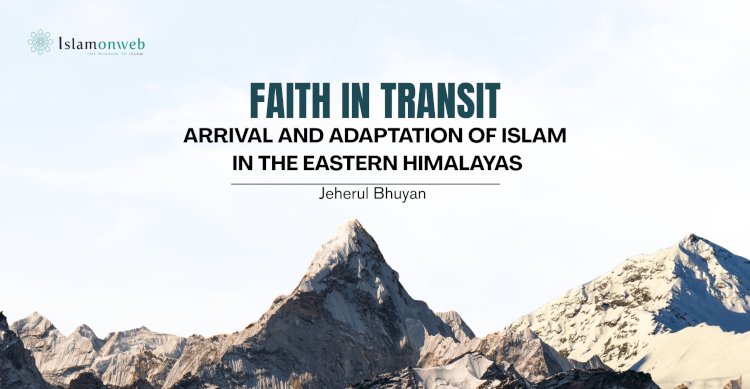



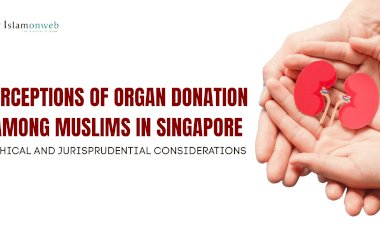
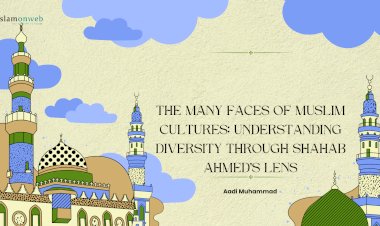

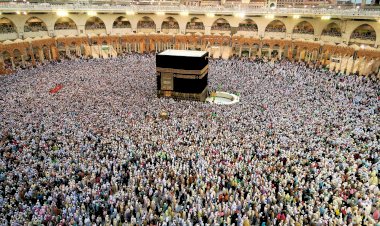













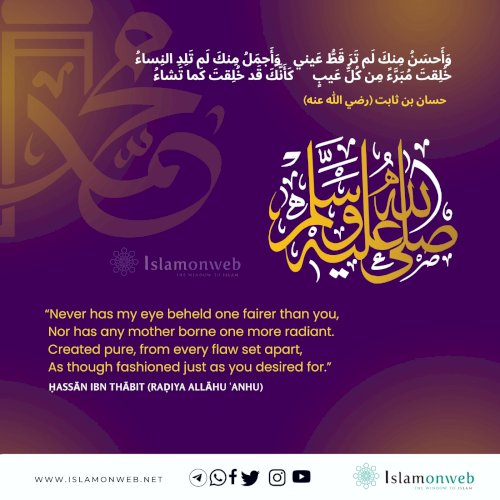

Leave A Comment